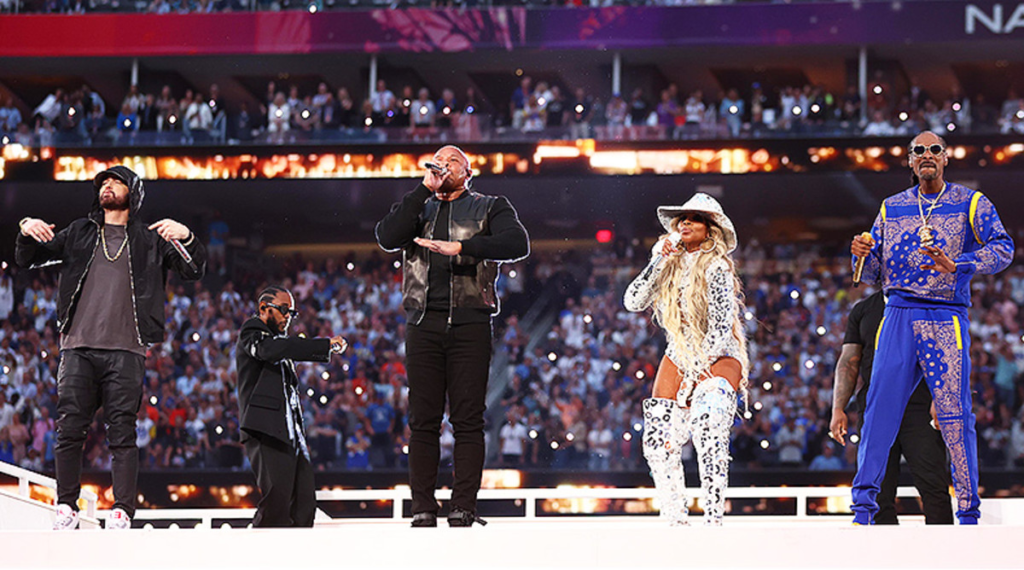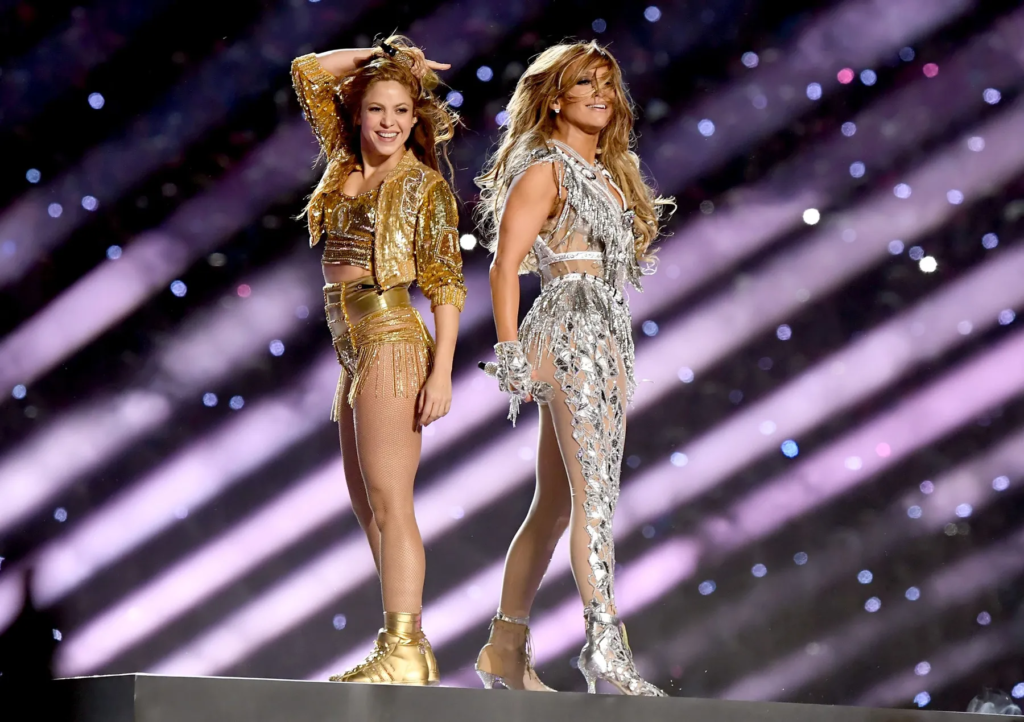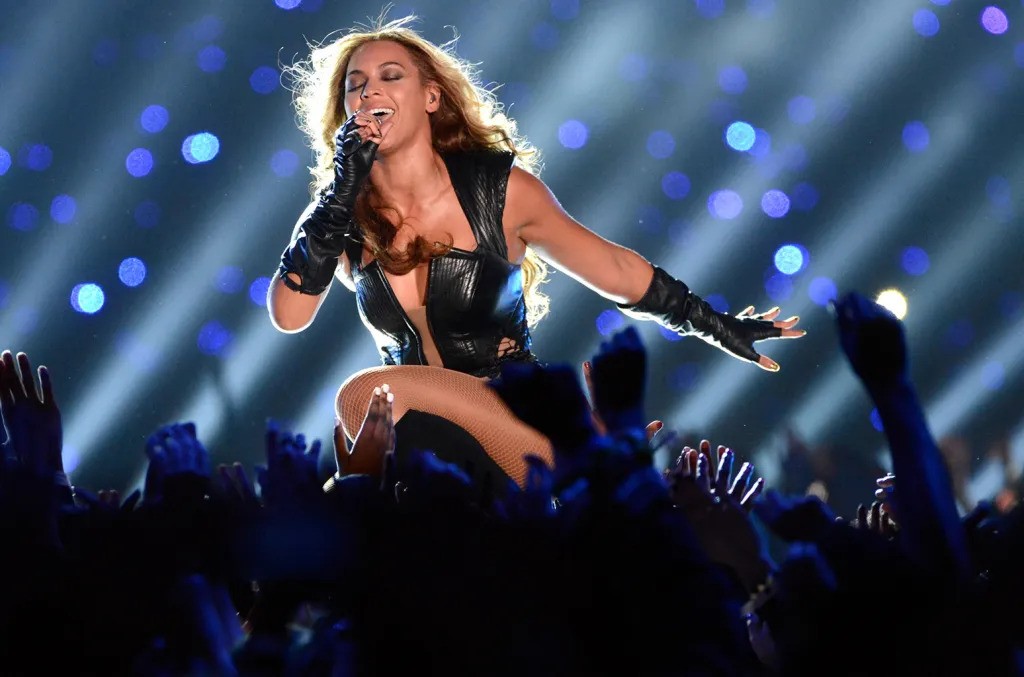The Super Bowl halftime show, a pinnacle of modern American culture, merges sports, music, and spectacular entertainment, captivating millions globally. Known for its elaborate performances and iconic musical appearances, the halftime show is not just a break in the football game; it’s a headline-making showcase that commands the attention of the world. This event, celebrated for its high energy and production value, has grown from simple marching bands to hosting global music superstars, becoming as anticipated as the game itself.
The Evolution of the Super Bowl Halftime Show
Originally, Super Bowl halftime shows consisted of performances by college marching bands and drill teams. These modest beginnings in the 1960s and 70s set the stage for more elaborate future shows. As television ratings began to soar, the NFL recognized the potential of turning halftime into a major attraction. The 1990s marked a significant shift with performances by Michael Jackson in 1993, catapulting the show to new heights. This era solidified the halftime show as a platform for artists to reach millions worldwide, blending pop culture and sports in a unique spectacle.
Iconic Performances That Defined Generations
Each Super Bowl halftime show is a snapshot of musical and performance trends. Michael Jackson’s 1993 performance, with its dramatic reveal and poignant renditions of “Billie Jean” and “Black or White,” is often credited with transforming the show into a global event. Other memorable performances include U2’s poignant tribute to 9/11 victims in 2002, Prince’s rain-soaked rendition of “Purple Rain” in 2007, and more recently, Shakira and Jennifer Lopez’s celebration of Latin culture in 2020. These performances are not only entertainment but also poignant cultural statements that resonate with audiences around the world.

The Impact on Artists’ Careers
The exposure from a Super Bowl halftime performance can significantly boost an artist’s career. This platform offers unparalleled visibility, often resulting in a substantial uptick in music sales and streaming numbers. For example, following their halftime shows, artists like Prince and Madonna saw significant increases in their digital sales and social media following, highlighting the show’s power to rejuvenate careers and introduce legacy artists to a new generation.
Planning and Preparation
The logistics and planning for the halftime show begin months in advance, involving hundreds of professionals. Coordination between artists, choreographers, technicians, and the NFL ensures the performance not only entertains but runs smoothly without disrupting the game. The halftime setup, often completed in mere minutes, is a testament to the meticulous planning and execution behind the scenes.
Behind-the-Scenes Challenges
Organizing a show of this magnitude comes with immense challenges, from technical setups that must be executed in less than half an hour to ensuring live broadcasts run without a hitch. The coordination efforts also include extensive rehearsals and contingency planning for weather, technical malfunctions, or last-minute changes.
Technological Innovations
Recent shows have incorporated cutting-edge technology, from drone light shows to advanced pyrotechnics and augmented reality, pushing the boundaries of live entertainment. These innovations not only enhance the viewer experience but also set new standards for live performances worldwide.
The Role of Sponsorship in Shaping the Show
Sponsorship deals are integral to the Super Bowl halftime show, helping fund the extravagant production costs. Brands like Pepsi, which have sponsored the show for several years, utilize this opportunity to craft memorable ad campaigns that resonate with viewers, blending marketing and entertainment.

Viewer Engagement and Social Media Buzz
The digital era has expanded the halftime show’s influence through social media, where viewers voice opinions, celebrate, and critique performances in real time. This instant feedback loop has added a new layer of engagement, amplifying the show’s reach and impact.
- Memorable Commercials
- Audience Reactions and Feedback
- Future Predictions for Shows
How the Halftime Show Influences Pop Culture
Beyond entertainment, the Super Bowl halftime show reflects and influences trends in music, fashion, and public discourse. It serves as a platform for artists to comment on social issues or pay tribute to cultural icons, shaping the social and cultural landscape.
Conclusion:
The Super Bowl halftime show stands as a testament to American entertainment, captivating a global audience with its dynamic performances. It’s a unique blend of music, sports, and spectacle, making it an essential element of the Super Bowl experience.


